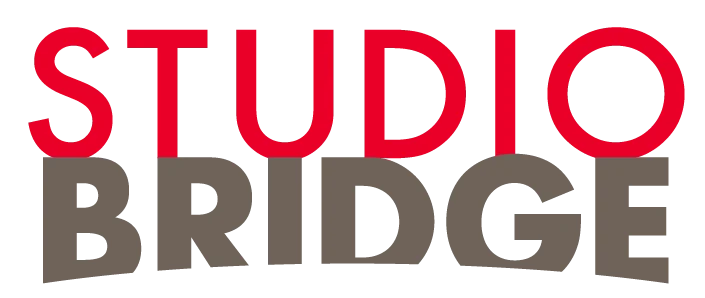So, I was messing around with some Solana projects the other day and got hit by this weird mix of excitement and skepticism. I mean, Solana has been buzzing like crazy lately, right? But seriously, the ecosystem’s growth feels a bit like a rollercoaster—fast ups, sudden downs, and some twists you don’t see coming. Something felt off about how fragmented everything seemed, especially when I tried juggling payments, NFTs, and DeFi apps all at once.
Here’s the thing. When you dive deep into Solana Pay, NFT marketplaces, and DeFi protocols, it’s not just about tech. It’s about how smooth and intuitive these experiences feel for everyday users—me included. I’m biased, but wallets play a massive role here. You can’t just throw a fancy interface at people and expect them to stick around, especially if the UX is clunky or security feels shaky. You get what I mean?
Wow! It’s wild how many Solana wallets are out there claiming to be the “best.” But if you ask me, Phantom Wallet stands out in a crowd where ‘ease of use’ often gets sacrificed for flashy features. My instinct said, “Try Phantom.” And honestly, the seamless integration with Solana Pay made me rethink how payments and NFTs could merge effortlessly.
Initially, I thought wallets were just about holding tokens, but then I realized they are the gateway to the entire ecosystem. Phantom isn’t just a place to stash your SOL; it’s a hub that connects you directly to DeFi protocols and NFT marketplaces in a way that feels natural, not forced. Actually, wait—let me rephrase that—it’s like they cracked the code on making complex blockchain stuff feel kinda like using your favorite app.
On one hand, I get why some folks might be wary about putting their crypto eggs into one basket, but the trust Phantom has built, combined with its UX, is very very important in a landscape where every click could cost you some serious money. Though actually, no wallet is perfect, and the ecosystem is evolving fast, which means you gotta stay alert.
Check this out—imagine walking into your local coffee shop and paying with crypto like it’s just another tap of your phone. That’s the promise Solana Pay is chasing. Unlike clunky QR codes or delayed confirmations, Solana Pay offers lightning-fast settlement times. I’m not just throwing buzzwords here; I’ve tested it, and it feels… almost normal. The kind of normal you want when you’re buying a latte or grabbing concert tickets as NFTs.
But then, the NFT marketplace angle is where things get really juicy. NFTs are often seen as art or collectibles, but on Solana, they’re evolving into functional assets with real utility—think event passes, game items, or even DeFi collateral. Phantom’s built-in marketplace access means you don’t have to juggle multiple apps or wallets, cutting down friction big time.
Hmm… though I gotta admit, the NFT space is still a bit wild west. Prices swing, scams lurk, and sometimes the hype overshadows the real use cases. Still, having a wallet that ties directly into your NFT activity while also letting you mess with DeFi protocols is a game-changer. It’s like having a Swiss Army knife instead of carrying a separate tool for each blockchain task.
Okay, so check this out—DeFi on Solana is insanely fast and cheap compared to other chains. But this speed can sometimes backfire if your wallet doesn’t keep up or if the protocols aren’t user-friendly. Phantom does a surprisingly good job at balancing security and usability. I’ve used it for staking, swapping, and liquidity pools, and while it’s not flawless, the flow is smooth enough that you don’t feel like a blockchain expert just to get started.
Honestly, what bugs me about many crypto wallets is they often feel like puzzles with missing pieces. Phantom, though, seems to understand that users want to manage their digital assets without jumping through hoops. They even have this intuitive interface that lets you glance at your portfolio or dive deep into transactions without feeling overwhelmed.
One random thought—have you ever tried sending SOL or NFTs between wallets and got stuck because of confusing addresses or failed transactions? Phantom’s built-in address book and transaction history really help avoid those headaches. And by the way, their support for hardware wallets adds an extra layer of security that’s very reassuring.
So, if you’re exploring the Solana ecosystem and want a wallet that doesn’t just hold your assets but actively connects you to payments, NFTs, and DeFi, take a look at https://sites.google.com/phantom-solana-wallet.com/phantom-wallet/. I’ve been recommending it to friends who are just getting their feet wet, and the feedback’s been positive—no weird tech jargon, just straightforward crypto stuff.

Why Integration Matters More Than You Think
Here’s a little secret: the power of a crypto wallet isn’t just about holding tokens securely; it’s about how well it integrates with the ecosystem around it. Phantom’s approach to bundling Solana Pay, NFT marketplaces, and DeFi protocols together reduces the mental load on users. This holistic design is something I feel a lot of projects overlook.
Sometimes I wonder if the crypto space is moving too fast for its own good. New protocols pop up every week, promising the moon, but the UX often lags behind. Phantom’s smooth navigation and quick updates suggest they’re listening to actual user feedback, not just chasing hype.
Also, the fact that Phantom supports Solana Pay natively means transactions happen in real-time or near-real-time. For many merchants and users in the US especially, this immediacy is crucial. Nobody wants to wait minutes—or worse, hours—for a payment confirmation when buying everyday items. That’s where traditional crypto payments often stumble.
But I’m not saying it’s all sunshine. There are moments when Phantom’s feature set feels a bit too dense for newcomers. I get the feeling that unless you spend some time tinkering, you might miss out on some useful functions. However, the learning curve isn’t steep, which is a relief.
One last thing—security. Phantom employs solid encryption and works well with hardware wallets, but remember, no system is 100% foolproof. You still need to keep your seed phrase safe and be wary of phishing attempts. Yep, the usual crypto hygiene rules apply.
Anyway, I’ve rambled enough. If you’re curious or ready to jump in, checking out Phantom Wallet at https://sites.google.com/phantom-solana-wallet.com/phantom-wallet/ is a good start. It might just make your Solana journey feel less like a chore and more like an adventure.
Frequently Asked Questions
What is Solana Pay and why does it matter?
Solana Pay is a payment protocol designed to make crypto transactions fast and feel native in everyday purchases. Unlike slower blockchains, Solana Pay’s speed and low fees allow merchants and users to transact instantly, which is a big deal for mainstream adoption.
How does Phantom Wallet integrate with NFT marketplaces?
Phantom comes with built-in access to several Solana NFT marketplaces, allowing users to browse, buy, and sell NFTs without switching apps. This integration simplifies managing digital collectibles alongside your crypto assets.
Is Phantom Wallet suitable for DeFi beginners?
Yes, its user-friendly interface and seamless connection to popular DeFi protocols on Solana make it a solid choice for beginners who want to experiment with staking, swapping, and liquidity pools without overwhelming complexity.


No Comments